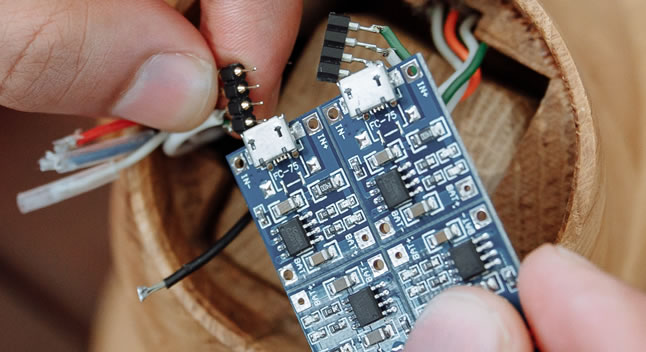Headquartered in Hong Kong, China, Changrun International combines subsidiaries and offices in Europe, the United States, Southeast Asia and other regions, more than 10 distribution agents around the world, and more than 50 sales and service bases, forming a customer service and technical support network covering five continents around the world. Changrun International focuses on meeting the three major technological challenges of modern society: high energy efficiency, mobility and security, providing semiconductor and system solutions for automotive and industrial power devices, chip cards and security applications. Focus on the development and production of high-precision current sensors based on the Hall principle, and take the lead in using current sensors in rail transit.
